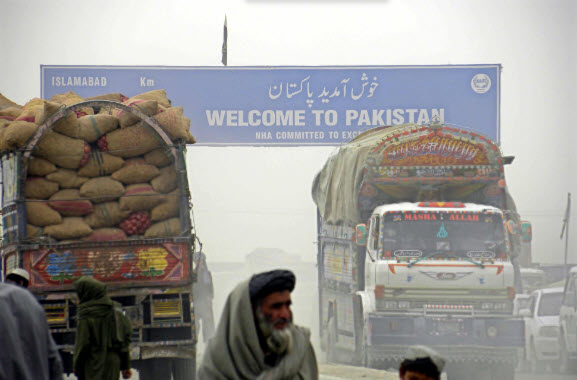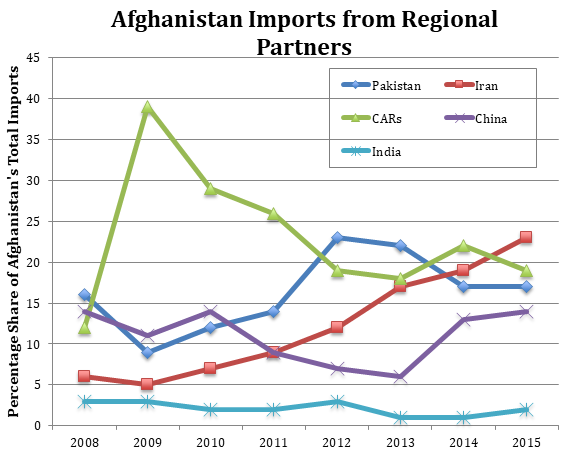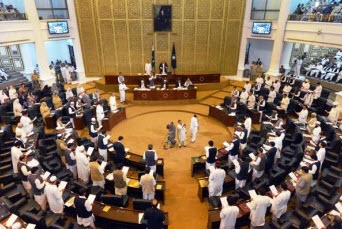In a recent panel discussion at CDPR on the role of renewables in Pakistan’s energy mix, Dr. Nauman Zaffar, Professor at LUMS, and Mr. Salman Aizad, Director Renewables, Punjab Power Development Board, reviewed the benefits and limitations of renewable energy in Pakistan’s energy context, as well as how to overcome technical and regulatory challenges for integrating renewables into the national grid.
Why renewables?
Promising renewable energy sources include wind, solar, and hydroelectric power. Utilizing these indigenous sources will not only curb the import bill and reduce circular debt by reducing reliance on costly imported fossil fuels, but will also produce clean energy. As a signatory to the Paris Agreement, Pakistan has pledged to bring down carbon emissions.
Renewable energy in Pakistan is a relatively underdeveloped sector; however, in recent years, there has been some interest by environmentalist groups and from the authorities to explore renewable resources for energy production, especially in light of the power shortages affecting the country.
Persistent power shortfalls have imposed costs on the economy in terms of lost industrial capacity, as well as the accompanying decline in employment opportunities due to industrial slowdown. Supplementing peak loads with renewable electric power supply can pave the way towards sustainable growth.
Pakistan’s inclination towards using thermal and hydro-electric power generators (traditional power generation)
Though the dependence on oil-based generation has reduced, it has been replaced by a sharp tilt towards coal-fired power plants. Criticism against policy makers for utilizing a resource that is environmentally harmful merits mentioning that sustaining the energy mix of a country with coal is not unique to Pakistan. Countries worldwide fulfill their power supply needs through coal in the initial stages of development, including China, which is now a global leader in green energy. India too, currently has a large share of coal in its total energy basket.
However, all energy technologies have their limitations and according to the government, the suitability of Pakistan’s energy mix must be reviewed in terms of what is cost-effective given the country’s hefty base load demand.
In traditional power generators, the energy source can be controlled because they can be harnessed at will in accordance with the instantaneous increase or decrease of the demand for electricity. Dr. Zaffar explained at length that since electricity cannot be stored and its supply flows continuously, whether the load is turned on or off, there are mechanisms in place to calculate the aggregate usage to match it with power generation in real time. This includes the generation of real power, i.e. power that reaches the consumer, and reactive power, i.e. power that flows back and forth between the generation center to help provision for instantaneous increase or decrease of electric supply in accordance with spikes and dips in electricity demand.
The clash between traditional power generators with renewable energy technology
Traditional grids require reactive and real power to operate in a stable manner, but renewable energy power plants do not produce reactive power or produce very little of it to enable instant electricity transmission to match the variability in the load. This poses a problem as renewable energy technology is not geared to produce the reactive power necessary for ramping up the supply of electricity into the national grid at the pace at which load increases. However, Dr. Zaffar stated that latest technology wind turbines and solar panels can overcome this problem to a certain extent.
The integration of renewables into the grid can cause even more instability because there can be huge variations in the urgent availability of the energy source itself. Moreover, Pakistan does not have expansive availability of high wind corridors, as most are concentrated in the south and found disparately in pockets. These corridors are mostly not economically viable for tapping into.
Potential for developing solar power plants is much more promising than wind. Pakistan is a solar rich country, and if effectively tapped into, solar energy can be sufficient to meet national demand. This was agreed by both experts.
The generation of persistently reliable quantity of wind and solar energy is dependent on the vagaries of the weather and for this reason, predictably generating a benchmark level of wind and solar energy is not ensured. Currently wind power contributes 937MW to the national power mix and solar power contributes 430MW.
Some prominent initiatives in renewable energy in Punjab
LUMS is currently involved in a project to carry out rural electrification in Punjab through the establishment of a solar power micro grid for enhancing living standards of citizens who are completely disconnected from the grid. This project entails the sale of power directly to consumers to ensure optimal energy efficiency. This will be achieved through small upfront investments that can be scaled up to create a power network covering a large consumer base in the long run. This is different from the Punjab Chief Minister’s Ujala Programme of 2011 in terms of optimizing energy utilization by the end consumer. The Ujala Programme was carried out by the energy department tasked to provide home solutions through solar energy to students during their exams when load shedding was its peak. It was provisioned to carry the load of fans, LED lights and mobile phone charging. Mr. Aizad highlighted that this initiative was followed by the solarisation of 50 government offices in Punjab to bring awareness of successful utilization of renewable power.
Furthermore, a project to solarize 20,000 schools across Punjab is underway with the aim to provide net metering options for feeding excess electricity back to the national grid.
Pakistan is developing wind power plants in Jhimpir, Gharo, Keti Bandar and Bin Qasim in Sindh. Rujhan wind corridor has been approved as well, its tariff and technological approvals are being negotiated with the Federal departments. More than 15 licenses have been handed out for wind power generation in Sindh, each producing 50 MW and are in various stages of completion.
Integrating renewable energy into the energy mix – way forward
Additional power generation through renewable energy technologies have not adequately been able to supplement the existing energy mix due to certain regulatory and technical bottlenecks.
First and foremost, it is crucial to carry out a holistic assessment of the impact of using specific energy sources on the cost to the economy, environment and health in terms of dollar figures. Dr. Zaffar stressed that to this end, all energy decisions need to be based on evidence by identifying and assigning weights to relevant parameters to conduct a regression analysis for deciding an optimal energy mix.
The type of energy technology that is set up has a cost associated with it. A quantitative assessment of each type explains that the government has decided to use thermal power plants to carry the base load in the short term instead of renewables because the cost to the economy of not having sufficient energy is higher than the associated costs of thermal plants.
In conclusion, Mr. Aizad summarized that to encourage the transition towards renewable energy technologies, generation centers should be located near the load centers to overcome the issue of weak transmission lines. Strengthening transmission lines and improving power evacuation capacity would reassure otherwise reluctant power purchasers to buy renewable energy.
Sharmin Arif is the Communications Assistant at the Consortium for Development Policy Research.











